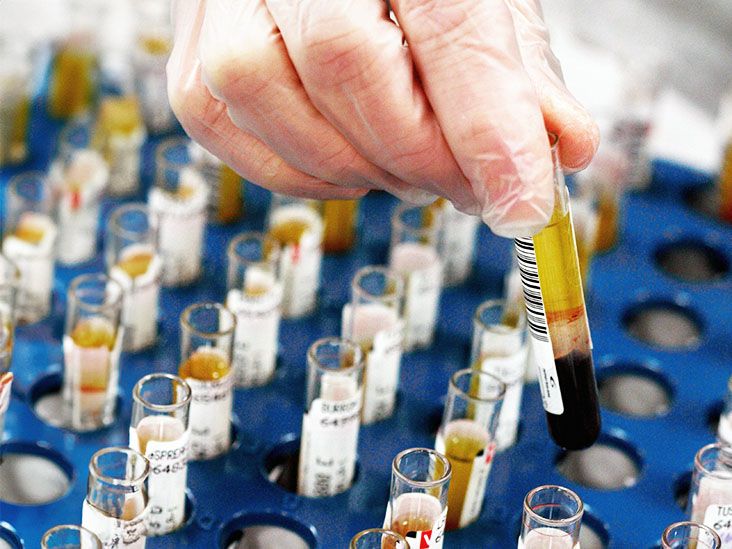Understanding Tinea Versicolor
Tinea versicolor is a common fungal infection of the skin caused by an overgrowth of yeast on the skin's surface. The specific type of yeast responsible is called Malassezia, which is naturally found on healthy skin but can grow out of control under certain conditions.
An overgrowth of Malassezia yeast leads to discolored patches on the skin that have a fine scale. These patches usually appear on the chest, back, shoulders, and upper arms, but can occur anywhere on the body.
In addition to unsightly skin discoloration, tinea versicolor may cause mild itching. However, many people with the condition do not experience any discomfort at all.
Symptoms of Tinea Versicolor
The symptoms of tinea versicolor include:
- Pale or pink patches of skin
- Skin discoloration that gets darker or lighter than surrounding skin
- Small scaling or dandruff-like flakes on discolored patches
- Patches that do not tan evenly in sunlight
- Mild itching (sometimes)
Causes and Risk Factors
Excessive growth of Malassezia yeast leads to the bothersome symptoms of tinea versicolor. A number of factors can trigger overgrowth, including:
- Hot, humid weather
- Sweating
- Oily skin
- Weakened immune system
- Use of certain medications like corticosteroids
- Hormonal changes
- Genetic predisposition
Diagnosing Tinea Versicolor
Tinea versicolor is usually diagnosed simply by examining the characteristic skin lesions. Sometimes a doctor may also examine skin scrapings under a microscope or use ultraviolet light to confirm overgrowth of Malassezia yeast.
Using Sulfur Soap to Treat Tinea Versicolor
Sulfur is a natural mineral with antimicrobial and anti-fungal properties. Sulfur soap contains sulfur along with detergents and other ingredients that help treat several skin conditions, including tinea versicolor.
How Sulfur Soap Works Against Tinea Versicolor
Research shows that sulfur destroys Malassezia yeast cells by disrupting their cell membranes and metabolic enzymes. This helps reduce yeast overgrowth on the skin and clear up the discolored skin patches caused by tinea versicolor.
In addition, the detergents in sulfur soap help remove dead yeast cells and skin cell debris to further cleanse infected skin. The soap also continues to work against fungal growth between uses by leaving a layer of sulfur on the skin's surface.
Using Sulfur Soap Correctly
To properly use sulfur soap to treat tinea versicolor:
- Wet skin with warm water before applying the soap
- Work the soap into a rich lather and gently massage onto affected areas
- Let the lather sit on skin for 2-5 minutes before rinsing
- Rinse thoroughly with warm water and pat skin dry
- Apply the soap once daily or as directed
- Use for at least 2 weeks or as long as recommended
It's important not to use too much sulfur soap or leave it on the skin longer than directed. This can lead to skin irritation and dryness.
Benefits of Sulfur Soap
Using a sulfur soap offers certain advantages for treating tinea versicolor naturally:
- Kills Malassezia yeast to stop overgrowth
- Restores normal skin pigmentation
- Antifungal effects reduce recurrence
- Typically causes less irritation than conventional antifungals
- Easy to use and cost-effective
- Often available without a prescription
Improving Efficacy of Treatment
To get the best results from sulfur soap therapy for tinea versicolor, dermatologists also recommend:
- Using medicated shampoos containing selenium sulfide or ketoconazole for the scalp if needed
- Applying an over-the-counter antifungal lotion/spray after showering
- Keeping skin dry and cool to discourage fungal growth
- Avoiding hot, humid environments as much as possible
- Not re-wearing clothing before washing
- Taking antihistamine by mouth if itching is severe
Is Sulfur Soap Enough to Cure Tinea Versicolor?
For mild to moderate cases of tinea versicolor limited to small areas, consistent use of sulfur soap may indeed be sufficient to cure fungal overgrowth. The key is using the soap properly along with adjunct strategies to optimize treatment.
However, sulfur soap alone may not produce complete clearance for more severe, extensive tinea versicolor infections. In difficult cases, prescription antifungal pills, creams containing azole drugs, or other medications may be needed in combination with sulfur soap.
What to Expect When Using Sulfur Soap
When using sulfur soap to treat tinea versicolor, you can expect:
- Skin discoloration to start fading within 1-2 weeks
- Flaking and itching to diminish soon after starting treatment
- Best clearing results after 4-6 weeks of daily use
- Skin color and tone to return to normal when infection clears
- Possibility of temporary skin dryness or irritation
Keep in mind individual response times can vary. See your dermatologist if your condition persists beyond 2 months of diligent sulfur soap therapy.
Maintaining Clear Skin
Even after successful treatment with sulfur soap, tinea versicolor often recurs. To help prevent repeat outbreaks:
- Use sulfur soap once weekly or biweekly as maintenance
- Avoid very warm, humid environments when possible
- Keep your skin clean and dry — especially after heavy sweating
- Consider taking selenium sulfide shampoo baths monthly
Implementing these simple measures can help keep tinea versicolor from coming back after clearing infection with sulfur soap treatment.
The Takeaway
Antifungal sulfur soap can be an effective natural treatment for tinea versicolor caused by overgrowth of Malassezia yeast on the skin. With daily use for a month or longer, sulfur soap often improves pigmentation and flaking skin patches.
While moderate infections may clear completely using sulfur soap alone, more stubborn widespread cases may require prescription antifungals along with medicated soap therapy. Recurrence is common without preventative maintenance measures.
When combined with adjunct hygiene strategies, diligent use of sulfur soap gives tinea versicolor sufferers a reasonably good chance at clearing irritating fungal outbreaks and restoring normal skin tone.
FAQs
What are the symptoms of tinea versicolor?
The symptoms include pale or discolored patches of skin, skin that tans unevenly, small scaling or flakes on the patches, and sometimes mild itching.
How often should I use sulfur soap for tinea versicolor?
You should use sulfur soap for tinea versicolor once daily. Apply it to affected areas, lather for 2-5 minutes, then rinse. Use it consistently for at least 2 weeks or longer as recommended.
Does sulfur soap cure tinea versicolor completely?
For milder cases limited to small areas, yes sulfur soap may cure tinea versicolor on its own. But more severe widespread infections often also require prescription oral or topical antifungals for complete clearance.
Can tinea versicolor return after treatment?
Yes, tinea versicolor often comes back even after successful treatment. Using preventative measures can stop recurrence, like maintenance sulfur soap use weekly, avoiding humid environments, and not re-wearing clothing before washing.
Disclaimer: This article is for informational purposes only and does not constitute medical advice. Always consult with a healthcare professional before starting any new treatment regimen.























Add Comment